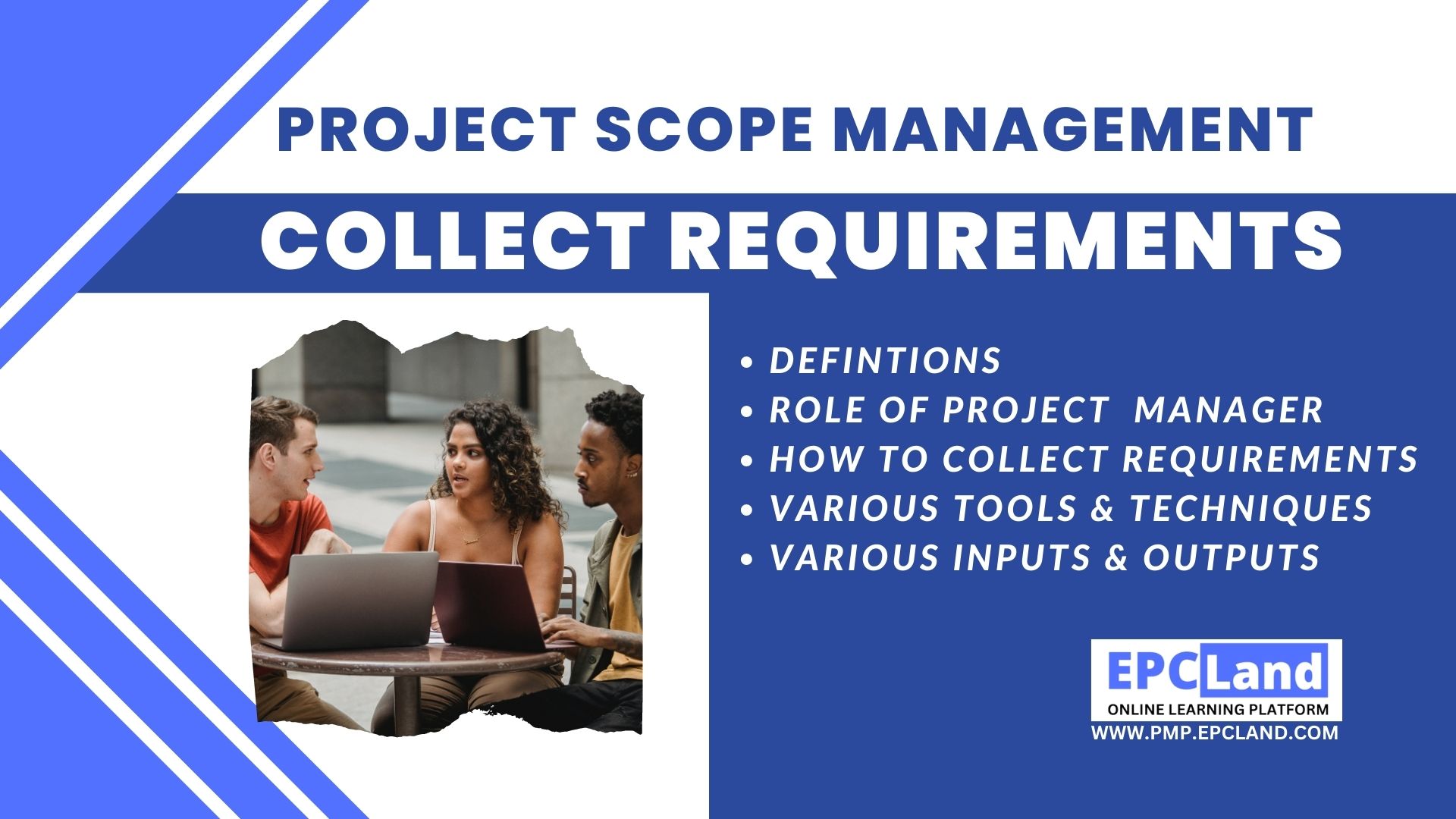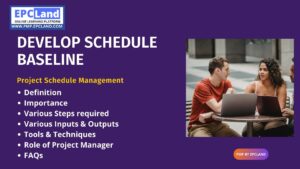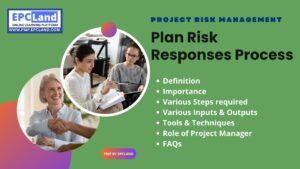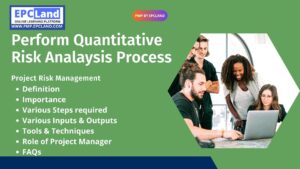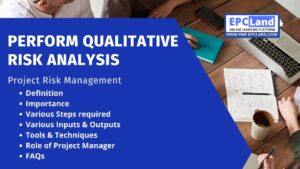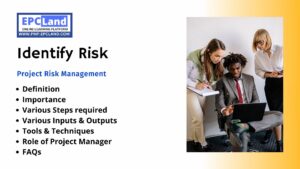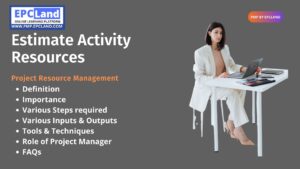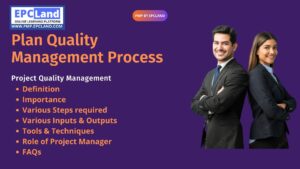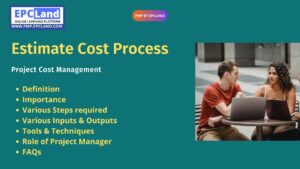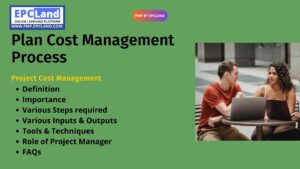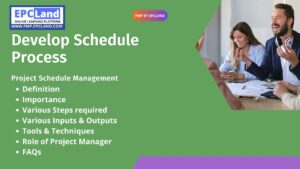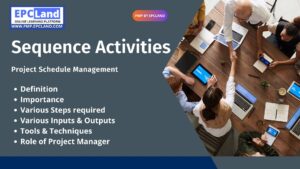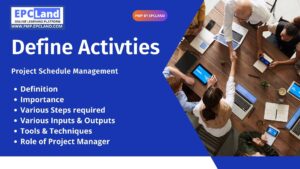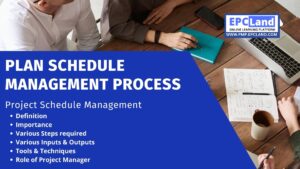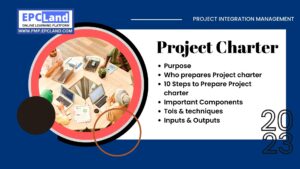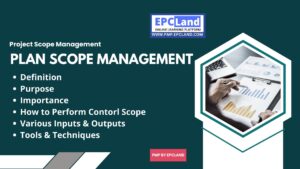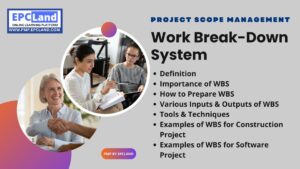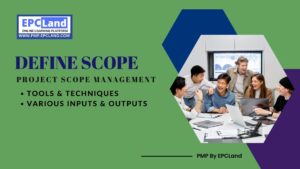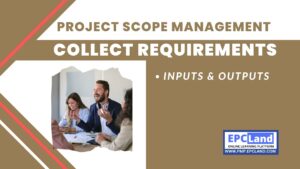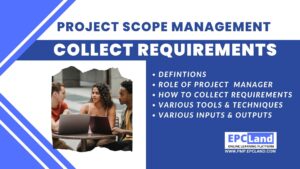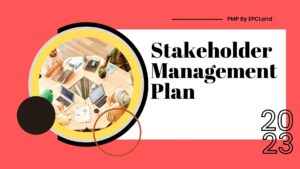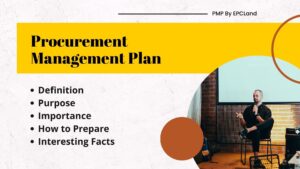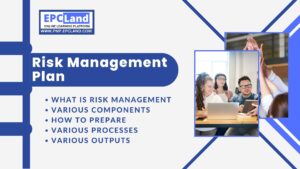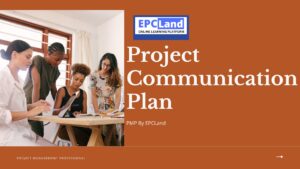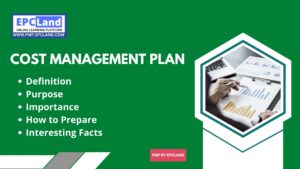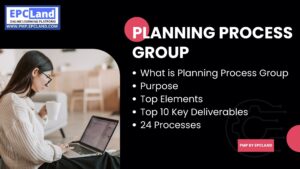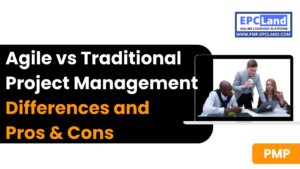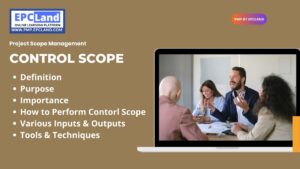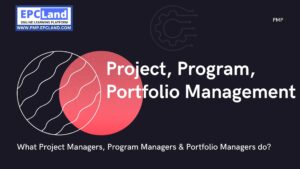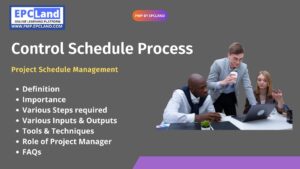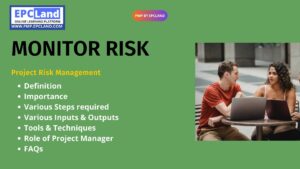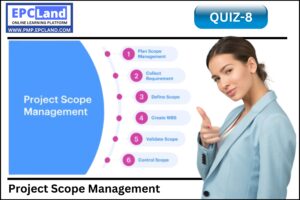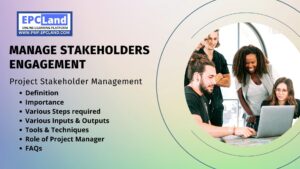Gathering requirements may seem self-explanatory, but it rarely gets the attention it deserves. Simple tasks that are often overlooked, such as stretching before exercise or brushing your teeth before bed.
But ignoring these seemingly simple things can lead to injury, tooth decay, or, in the case of project management, project risk.
This article provides an overview of the requirements gathering process and explains how taking the time to focus on requirements gathering can lead to successful project outcomes.
Don’t Miss the 1000+ MCQ questions & hundreds of quizzes on PMP Knowledge Areas and Various important sections.
Table of Contents
ToggleWhat is Collect Requirements in Project Management?
Collect Requirement is the process of identifying the exact requirements of a project from start to finish. This process takes place at the beginning of the project, but keeps project requirements under control throughout the project timeline.
Requirements are typically recorded at a project briefing or initial kickoff meeting.
Some questions include:
- How long is our project plan? Who will participate in the project?
- What risks might I be exposed to in this project?
- Gathering requirements should not be complicated, but it is an important part of the project initiation process.
The role of the project manager in collect requirements
As a project manager, make sure you are familiar with the following requirements management processes.
Planning
Describes how each phase of the requirements gathering process proceeds. The best recommendation for project managers is to create and share a planning document to avoid confusion and keep everyone on the same page.
Identification
This process begins by identifying all stakeholders and understanding the organization’s needs. A project manager must use skill and judgment to determine the most appropriate way to obtain information such as: B. Individual interviews, focus groups, surveys, or “use cases.”
Documentation
When business requirements and their approvals are not documented in sufficient detail, project managers must rely on memory and project insight. This can be dangerous. It is essential to document all requirements and assign each requirement a unique ID number so that it can be easily referenced and tracked throughout the process. Using process flow diagrams or diagrams to illustrate different “use cases” can be very helpful in thinking about the process as a whole and outlining how users will interact with the new process. It also helps demonstrate the “usefulness” of new processes/systems.
Analysis
Stakeholders may have unrealistic expectations of the new system. All projects have budgets and other constraints, so careful analysis should be done to determine the costs, relationships, dependencies, and resources required to meet each requirement.
Prioritization
Data generated from the analysis phase helps in prioritizing requirements. Project managers should always ensure that the prioritization of requirements and related approvals are documented. An often overlooked step at this stage is communicating with stakeholders and setting their expectations. So prioritize the requirements that the project should implement.
Control
Once you feel that you have identified and obtained approval for your requirements, you may need to change some of your requirements. Given budget, time, and other constraints, how do project managers address or manage changing requirements?
Approval
The project manager’s role is to know who has the final say on all project requests and to document each approval in writing. An experienced project manager can overcome obstacles related to gathering requirements and act as a liaison between end-users and teams developing new systems, products, or databases.
Why is Collect Requirements often difficult?
Collect Requirements are simpler than they look. However, most project errors can be traced back to missing requirements. Projects involve gathering requirements, and here are some reasons why gathering requirements can be difficult:
- underestimation of work
- Unknown requirement
- Rely on users
- analysis paralysis
- insufficient requirements
Collect Requirements in 6 Steps
Collect requirement process can be carried out in following Six Steps
Step 1 of 6 in Collect Requirements: Assign Roles
The first step in requirements gathering is assigning roles in the project. This is where you identify your project participants.
A stakeholder is anyone who invests in a project, whether it is an internal partner or an external partner. For example, customers are external stakeholders, department managers or board members are internal stakeholders. Identifying these roles initially will help later determine who needs to analyze the scope of the project. Other roles include project manager, project administrator, designer, product tester, and developer. These people help identify the requirements and resources needed to achieve project goals.
It might be tempting to dive straight into the project and list everything you know you’ll need, but that’s a mistake. If you slow down and stick to the process, you are more likely to de-risk your project.
Step 2 of 6 in Collect Requirements: Meetings with Stakeholders
Once you’ve identified your stakeholders, meet with them to understand what they want from your project. Understanding what your stakeholders want is important.
You can ask questions such as:
- What is the goal of this project?
- What do you think will make this project successful?
- What are your concerns about this project? What do you think is missing from this product or service?
- What changes would you recommend for this project?
Stakeholders should be asked questions that help develop the list of requirements, as they will ultimately be the subject of developing the project.
Step 3 of 6 in Collect Requirements: Collect and Document
Step 3 of the process takes place at the same time as step 2. Gather information by questioning stakeholders. The goal is to document as much as possible so that you have all the answers you need to get your project started.
Use a project management tool to collect and document this information. This allows you to have your project plans, project requirements, and project communications in one place. Examples of what can be documented are:
- Stakeholder responses to interview questions
- Questions from stakeholders
- Requests of stakeholders
- Stakeholder comments
- Questions and comments that come up during the interview.
You don’t have to use every response you receive, but documenting everything helps you see the perspectives of all stakeholders and helps with requirements management.
Step 4 of 6 in Collect Requirements: List Prerequisites and Requirements
Once the acceptance process is complete, create a requirements management plan based on the information gathered.
Consider the questions you originally intended to answer during the requirements gathering process. Then use them to create requirements goals such as:
Project plan length:
You can use a Gantt chart to represent your project schedule and use it to visualize all project requirements that depend on project milestones. Some requirements apply for the entire duration of the project, while others apply only at certain stages of the project. For example, a specific budget may be required for team member salaries throughout the project, but only certain materials may be required during the final stages of the project schedule.
Project stakeholders:
Identify exactly which team her members will be involved in the project, including the number of designers, developers and managers required for each step. Staffing is part of the project requirements. Projects cannot be completed on time without the necessary team members.
Project risk:
Understanding project risks is key to identifying project requirements. Use the risk register to identify which risks have the highest priority. B. Stakeholder feedback, time delays, and lack of budget. Next, plan a brainstorming session with your team to find ways to avoid these risks. Like SMART goals, project requirements should be actionable, measurable, and quantifiable. Be as detailed as possible when listing your project budget, timeline, required resources, and team.
Step 5 of 6 in Collect Requirements: Get Approval
Once the project requirements have been formulated, stakeholder approval is required to ensure that user requirements are met. By facilitating clear communication, you can also prevent scope leaks by ensuring that stakeholders are aware of project boundaries from the start. Then you can move forward with your implementation plan, which includes procuring resources and assembling your team.
Step 6 of 6 in Collect Requirements: Progress monitoring
The final part of the process is monitoring the progress of the project. Project management software can be used to track project budgets and other requirements during project execution. The advantage of project management software is that you can see project changes in real time and react immediately if problems arise.
A basic requirements gathering process asks stakeholders for their input, but stakeholders may not know what is best for the project. In such cases, it is your responsibility to gather the necessary information to understand what the project requirements should be.
Collect Requirements Tools and Techniques
The following are included as the tools and techniques in the collection requirements process:
- Expert Judgement
- Data Gathering
- Data Analysis
- Decision Making
- Data Representation
- Interpersonal & Team Skills
- Context Diagram
- Prototypes
Collect Requirements Process Inputs
The following are included as the inputs for the collection requirements process:
- Project Charter
- The Project Management Plan
- Project Documents
- Business Documents
- Agreements
- Enterprise Environmental Factors
- Organizational Process Assets
Collect Requirements Outputs
The following are included as the outputs in the collect requirements process:
- Requirements Documentation
- Requirements Traceability Matrix
Final Take Away in Collect Requirements
Requirements capture is the process of identifying the exact requirements of a project from start to finish. This process takes place at the beginning of the project, but keeps project requirements under control throughout the project timeline. This article provides an overview of the requirements gathering process and explains how taking the time to focus on requirements gathering can lead to successful project outcomes.
